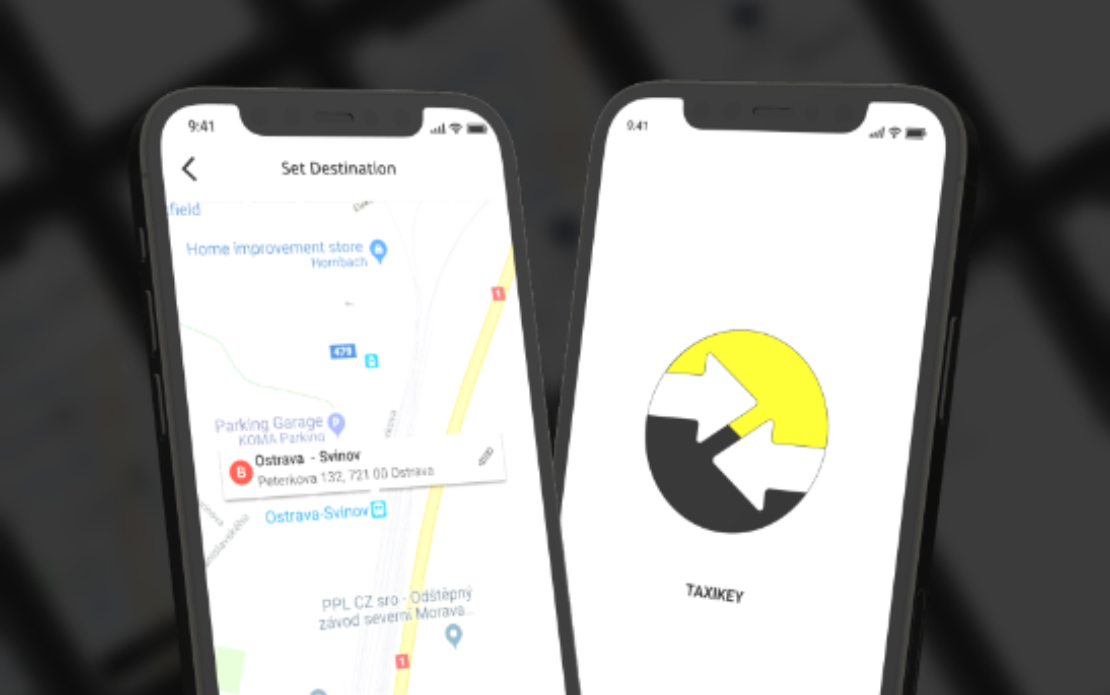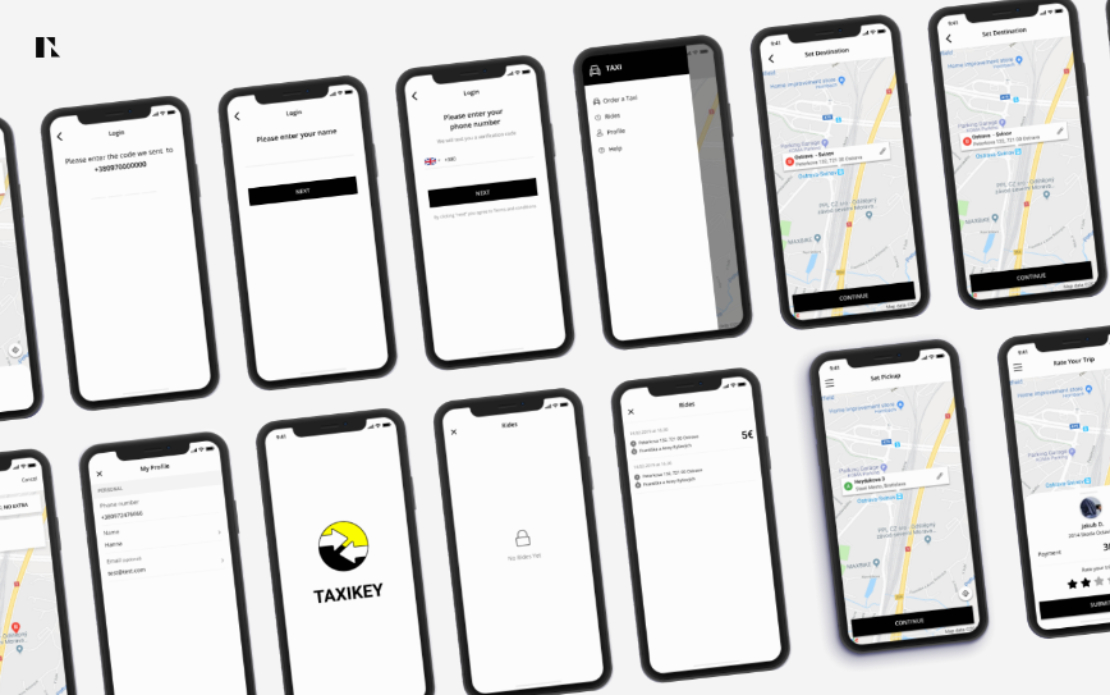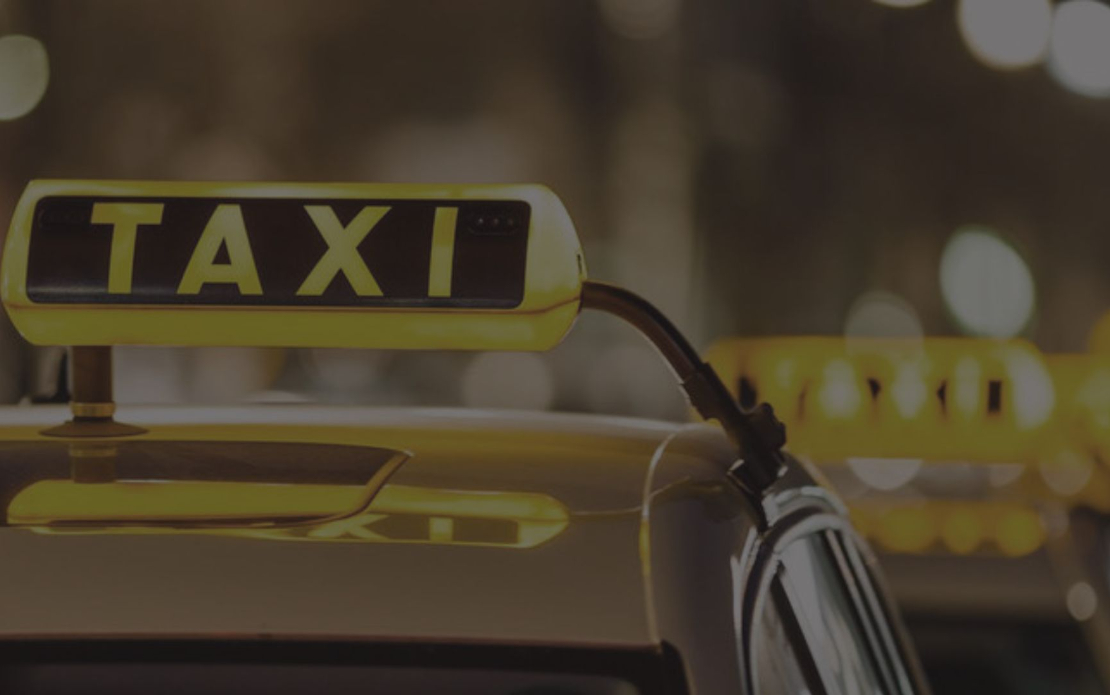
TAXYKEY Mobile App UI/UX Design
Challenge
The primary challenge for TAXYKEY was to develop mobile application design that catered to the specific needs of both passengers and taxi drivers. With the highly competitive landscape of ride-hailing apps, the project needed to differentiate itself by offering intuitive interfaces, efficient booking processes, and seamless communication between passengers and drivers. Additionally, ensuring usability and accessibility for users with varying levels of technological proficiency posed a challenge in terms of design and functionality.
The primary challenge for TAXYKEY was to develop mobile application design that catered to the specific needs of both passengers and taxi drivers. With the highly competitive landscape of ride-hailing apps, the project needed to differentiate itself by offering intuitive interfaces, efficient booking processes, and seamless communication between passengers and drivers. Additionally, ensuring usability and accessibility for users with varying levels of technological proficiency posed a challenge in terms of design and functionality.
Solution
For passengers, the UI/UX design focused on creating a simple and intuitive booking interface, allowing users to easily request rides, track their drivers in real-time, and make payments seamlessly. Clear visual cues and straightforward navigation were implemented to enhance usability and accessibility for all users. For taxi drivers, the UI/UX design emphasised efficiency and productivity, providing tools for managing ride requests, navigating to pick-up and drop-off locations, and communicating with passengers. The driver application was designed to be user-friendly and optimised for use while on the road.
For passengers, the UI/UX design focused on creating a simple and intuitive booking interface, allowing users to easily request rides, track their drivers in real-time, and make payments seamlessly. Clear visual cues and straightforward navigation were implemented to enhance usability and accessibility for all users. For taxi drivers, the UI/UX design emphasised efficiency and productivity, providing tools for managing ride requests, navigating to pick-up and drop-off locations, and communicating with passengers. The driver application was designed to be user-friendly and optimised for use while on the road.
Results
Key outcomes of the project included: - User experience: The intuitive interfaces, efficient booking processes, and seamless communication features contributed to an improved overall user experience for both passengers and drivers. - Increased efficiency: The streamlined functionality of the passenger and driver applications enabled users to book and manage rides more efficiently, resulting in reduced wait times and improved service quality. - Improved accessibility: The user-centric design approach ensured usability and accessibility for users with varying levels of technological proficiency, enhancing the overall accessibility of the app.
Key outcomes of the project included: - User experience: The intuitive interfaces, efficient booking processes, and seamless communication features contributed to an improved overall user experience for both passengers and drivers. - Increased efficiency: The streamlined functionality of the passenger and driver applications enabled users to book and manage rides more efficiently, resulting in reduced wait times and improved service quality. - Improved accessibility: The user-centric design approach ensured usability and accessibility for users with varying levels of technological proficiency, enhancing the overall accessibility of the app.


